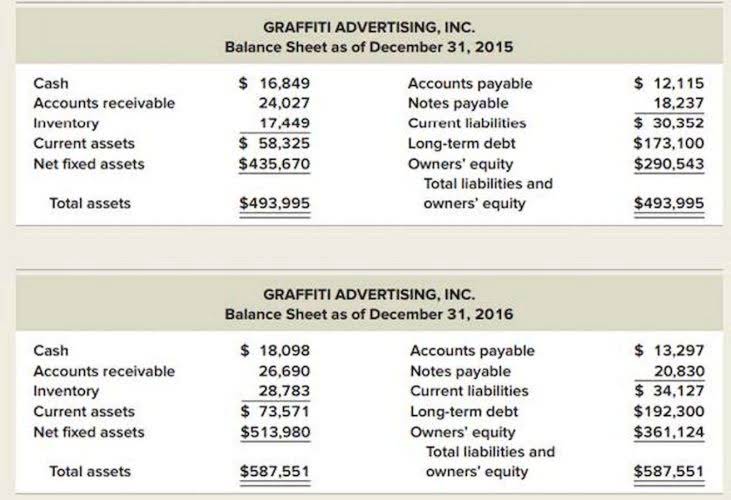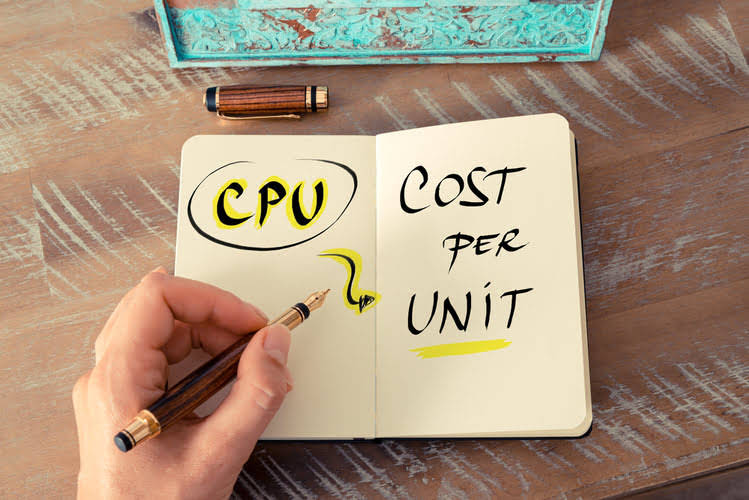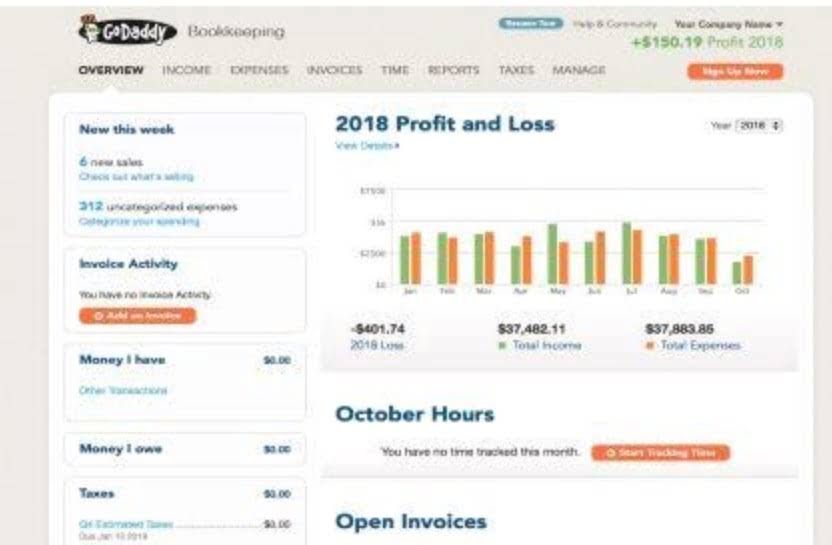Create or open a company file with your Intuit account

Addressing these questions double declining balance depreciation method proactively helps minimize potential confusion and ensures the accurate configuration of the system. Once your company file is created, you can start adding transactions, customers, vendors, and employees. Consider what preferences align best with how you manage your business.

Articles on similar topic

We had come across the link you sent and are looking at it. I am not sure if it does mention the ability to have purchase orders copied over or not. This is an area that we have not found much specifically about, the information usually references other data. As the purchasing manager I am trying to support or accounting team to see if we can avoid re-entering all of the purchase orders if we can. While I do appreciate the response, it’s vague and not really helpful.
Setting up a New, and restoring an old company on Desktop Version
Once you have tried all the troubleshooting steps to get quickbooks running as before, the viable step to take is setting up quickbooks for an existing company. But, in case you are experiencing degraded performance of your older quickbooks version, upgrading to a higher version won’t be the solution. You’ve now set up a new company file on QuickBooks Desktop, akin to completing a how to create a new company in quickbooks desktop complex yet exhilarating puzzle. This file is your business’s digital heart, playing a crucial role in managing finances seamlessly and enabling informed decisions.
Top Ways Setting Up Multiple Companies in QuickBooks Online
- Thanks for getting back here and sharing your insights about the recommendation of my colleague.
- If you don’t have a company file open, the No Company Open window will appear.
- The first and most basic method of tracking expenses in QuickBooks is manually inputting each transaction.
- I’ll share some inputs about condensing QuickBooks Desktop data.
- If you have multiple company subscriptions, switching between them is simple.
Enter a deposit to Old Payroll using Open Balance Equity.4. Setting off on a new software journey can sometimes feel like navigating uncharted waters. But fear not, as QuickBooks Desktop is designed with the user in mind. Once you open the software, you’ll notice a clean, intuitive Accounting Periods and Methods interface that’s easy on the eyes and straightforward to navigate. The latest version usually brings improved features and security settings.

Add as many companies as you want in QB desktop and manage all the businesses efficiently. However, things are slightly different if you are a QB online user. Read along with this comprehensive blog that provides invaluable insights about setting up multiple companies in QuickBooks. This blog also lets you know how to switch between the companies and change primary admin. You can create a new company file from the existing one. This lets you bring over all your accounts, lists, templates, and preferences.
Backing Up Your Company File

Since an invoice and template transactions will be also carried over, you’ll need to manually delete them so you can remove the transactions in the new company file. The second method of tracking expenses in QuickBooks is with automatic integrations. This allows businesses to connect their bank accounts and credit cards to QuickBooks and have transactions automatically synced. This eliminates any manual inputting and saves time, allowing businesses to focus their efforts on other tasks.
If You use Enterprise Accountant, Premier Accountant, or QuickBooks Desktop Enterprise

Select Add from the Get all the details into QuickBooks Desktop dialogue to get started. Don’t worry—you can adjust the settings and information you add now at a later date if you need to. Fill out the form on the next screen and complete the setup.
QuickBooks Desktop vs. QuickBooks Online for Multiple Businesses
Eventually, set up the divisions as classes in a new company file and set up your opening balances. QuickBooks copies your preferences, sales tax items, memorized report, and chart of accounts to the new company file. However, please know that it doesn’t bring over bank or credit card accounts. It also doesn’t copy sensitive info, like Employer Identification Number (EIN) or payroll.
